Across the vast terrain of the United States lies a collection of landscapes that have been revered as sacred for countless generations. These places are more than scenic wonders; they are living symbols of identity, spirituality, and cultural memory. For Indigenous peoples, nature is not separate from human existence but interwoven with every story, ritual, and belief. Each mountain, canyon, and river holds lessons about creation and connection. Today, these landscapes continue to inspire respect and reflection, reminding us that the power of the earth extends beyond beauty; it carries centuries of reverence, resilience, and shared human heritage.
1. Black Hills, South Dakota
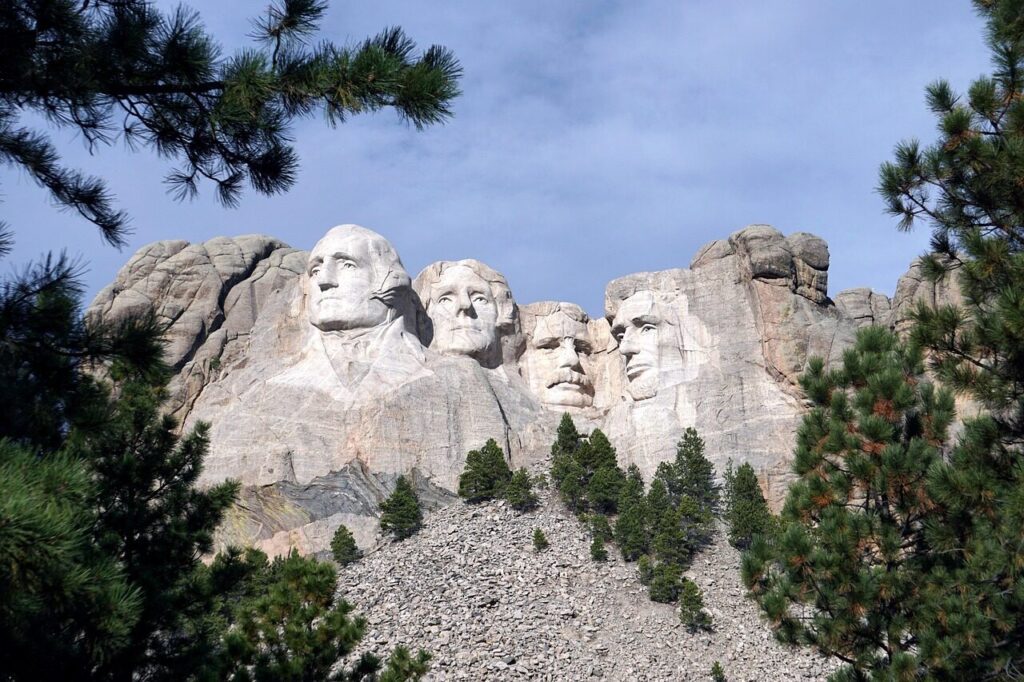
The Black Hills, known as Paha Sapa to the Lakota, hold deep spiritual importance as the center of their world. Covered in dark pine forests and granite peaks, this region has long been a site for vision quests and ceremonies. The hills symbolize renewal, guidance, and sacred balance in Lakota culture. Conflicts over ownership arose during the gold rush, but Indigenous peoples continue to fight for recognition of their ancestral rights. Despite modern landmarks like Mount Rushmore, the Black Hills remain a timeless symbol of spiritual endurance and cultural sovereignty for the tribes that call them sacred ground.
2. Devils Tower, Wyoming
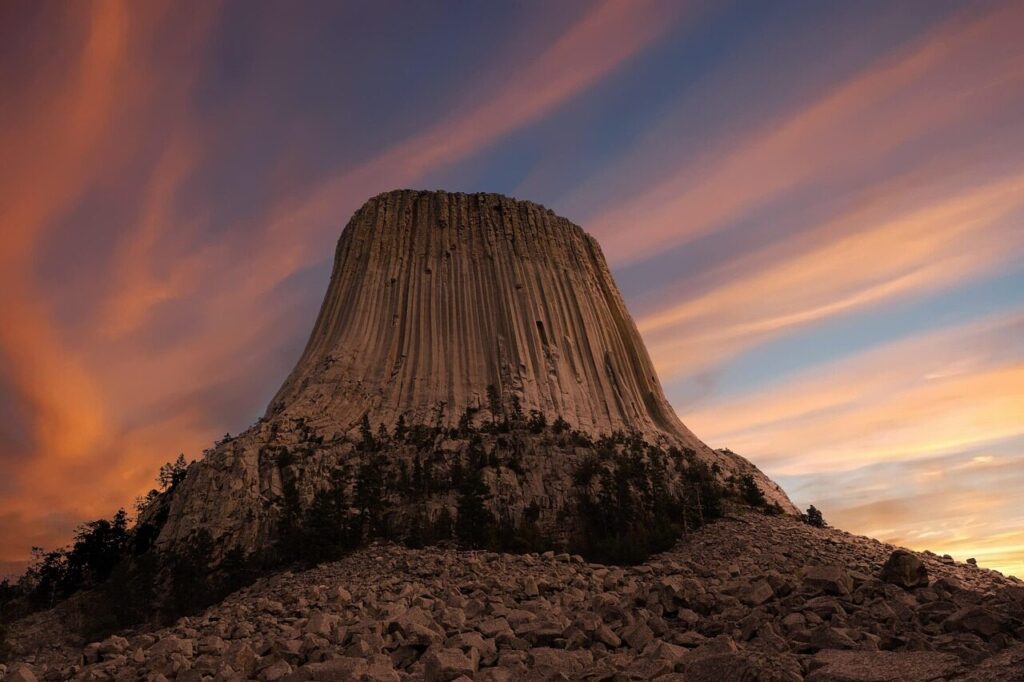
Rising dramatically from the plains, Devils Tower is a striking volcanic monolith sacred to over 20 Native American tribes. Known as Bear Lodge to the Lakota, its legend tells of children saved from a giant bear by the tower’s creation. The vertical grooves represent the bear’s claw marks, forever linking myth and landscape. Every June, Indigenous communities gather for prayer and renewal ceremonies. The site also attracts climbers and travelers, prompting seasonal closures to honor spiritual practices. Devils Tower stands as a powerful reminder that sacred spaces can unite storytelling, natural wonder, and enduring respect for cultural traditions.
3. Mount Shasta, California
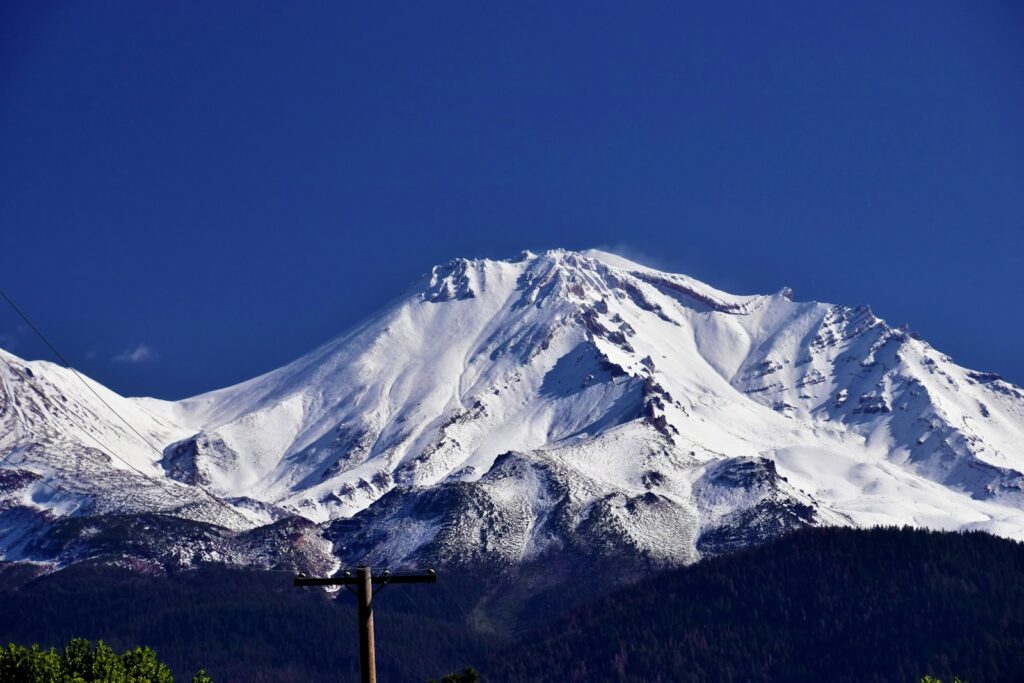
Mount Shasta, a snow-capped volcano in northern California, has been considered a sacred dwelling of spiritual power for the Shasta, Wintu, and Modoc tribes. It is believed to be a place where the physical and spiritual worlds connect. Myths describe the mountain as a portal of creation, where divine beings reside and where visions can be received. Modern visitors are drawn to its mystical reputation, seeking meditation or renewal among its slopes. For Indigenous peoples, Mount Shasta continues to symbolize strength, harmony, and balance between humans and nature, preserving its sacred significance through countless generations of reverent storytelling.
4. Grand Canyon, Arizona
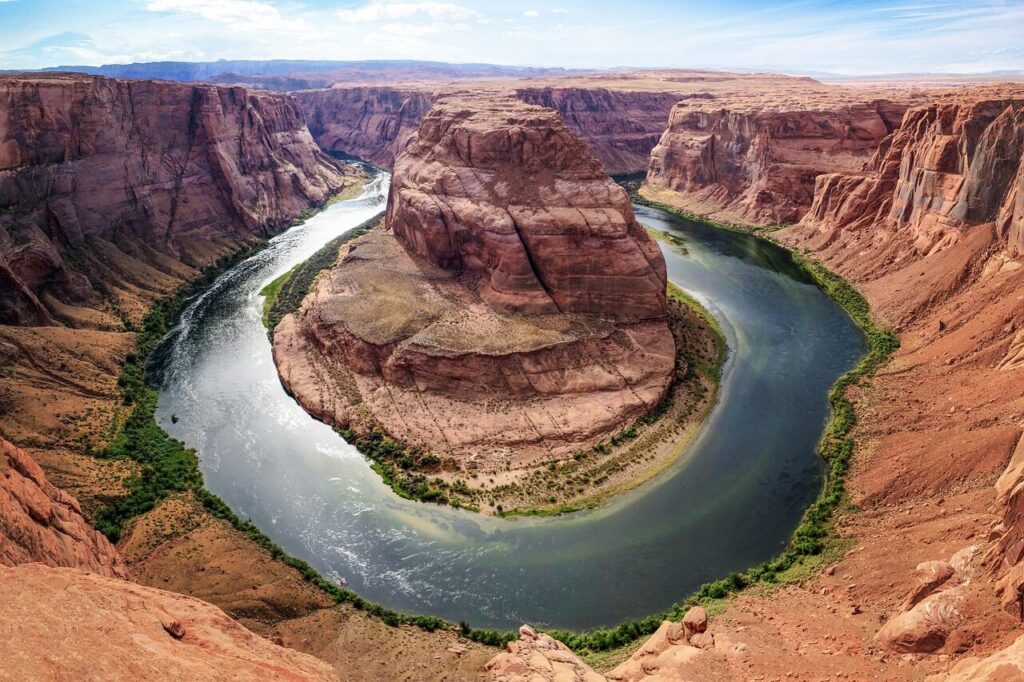
The Grand Canyon is not only a natural wonder but a sacred space to several tribes, including the Hopi, Navajo, Havasupai, and Hualapai. Each group views the canyon as a place of emergence, where their ancestors first came into the world. The layered cliffs and winding Colorado River hold stories of creation, life, and transformation. Tribal ceremonies, songs, and oral traditions continue to honor these connections. Beyond its geological magnificence, the canyon embodies a profound spiritual geography, linking past and present. For many, it remains a place of reflection, humility, and unity within the larger cycle of existence.
5. Canyon de Chelly, Arizona
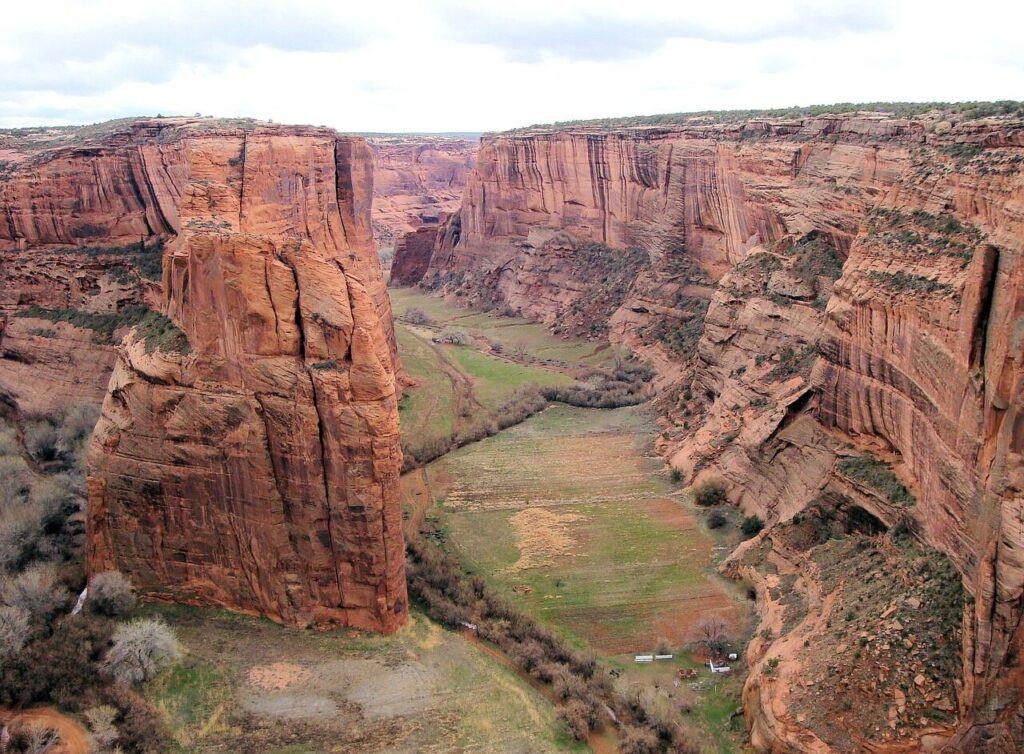
Carved by rivers and framed by red sandstone walls, Canyon de Chelly has been continuously inhabited for nearly 5,000 years. It is sacred to the Navajo Nation, representing both spiritual and historical continuity. The canyon shelters ancient cliff dwellings, petroglyphs, and ancestral burial sites that reflect deep cultural roots. Its towering spire, Spider Rock, is said to be home to Spider Woman, a revered figure who taught weaving and wisdom. Today, Navajo families still live and farm within the canyon, preserving traditions tied to the land. Canyon de Chelly remains a living monument of cultural endurance and reverence.
6. Mount Rainier, Washington
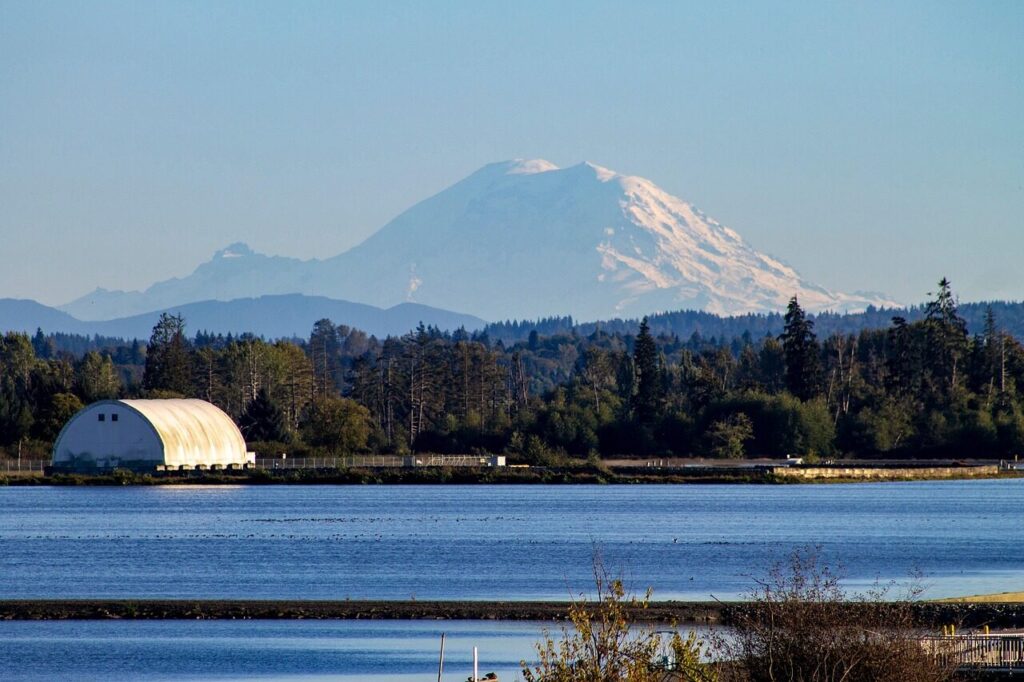
Known as Tahoma or Tacoma to local Indigenous tribes, Mount Rainier dominates the skyline of the Pacific Northwest. It is revered as a sacred mountain and a source of life-giving waters that sustain the surrounding lands. Tribal legends describe it as the home of spirits and ancestral beings. Ceremonies once celebrated its snowmelt, which nourishes rivers and ecosystems below. Although climbers now ascend its icy slopes, many still recognize Mount Rainier’s spiritual presence. The mountain continues to symbolize renewal, resilience, and the deep respect Indigenous peoples hold for nature’s power and the interconnected balance it represents.
7. Bears Ears, Utah
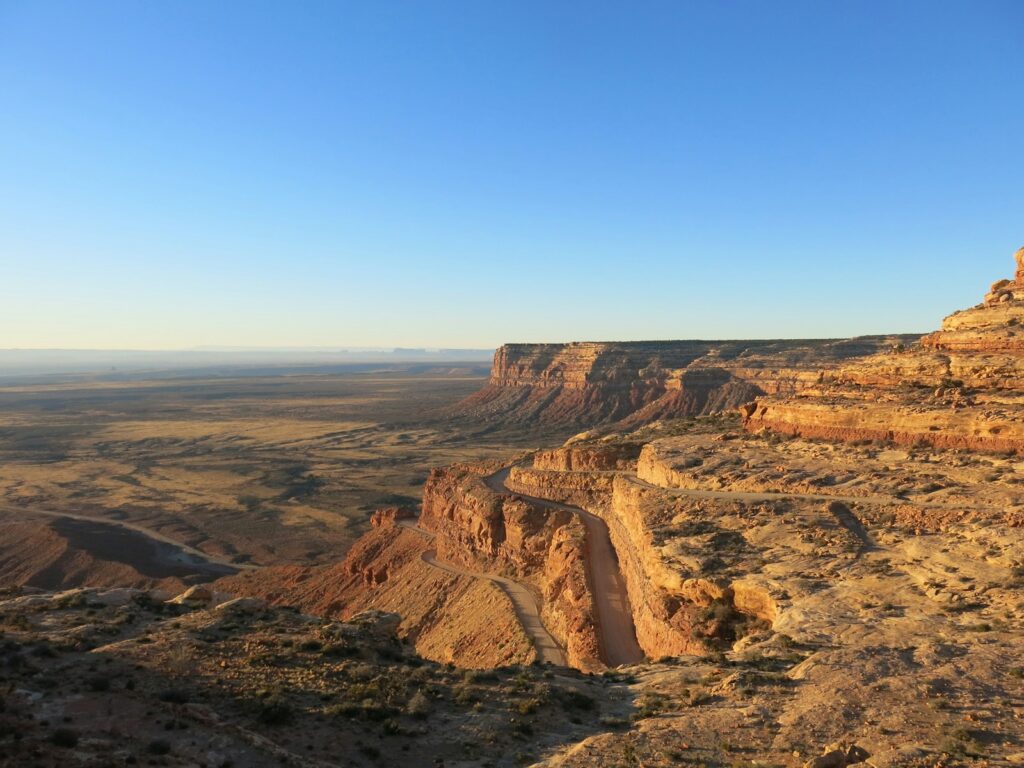
Bears Ears National Monument is a rugged expanse of mesas, canyons, and sandstone formations sacred to many Southwestern tribes, including the Navajo, Hopi, Ute, and Zuni. Named for two butte-shaped formations resembling bear ears, the area holds thousands of archaeological sites and ancient petroglyphs. It is a place of prayer, healing, and ceremony, connecting generations through memory and ritual. Indigenous groups successfully advocated for its federal protection, emphasizing its cultural and ecological importance. Bears Ears stands as a testament to the enduring relationship between Indigenous peoples and the land, symbolizing restoration, resilience, and reverence for ancestral heritage.
8. Mauna Kea, Hawaii
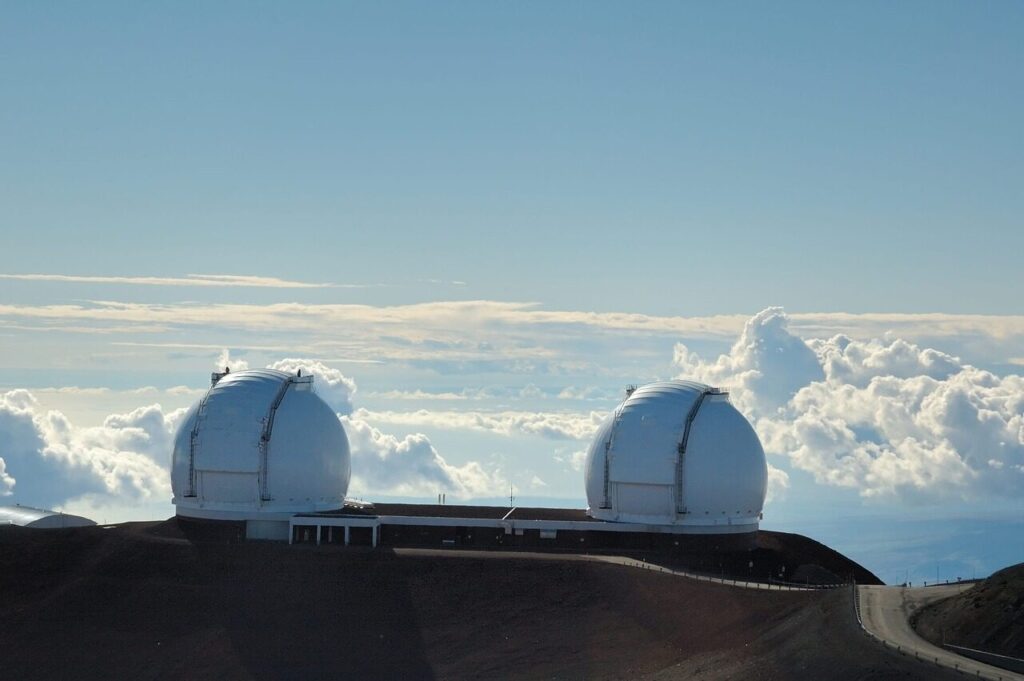
Mauna Kea, the tallest mountain in Hawaii, is sacred to Native Hawaiians as the realm of the gods and a place of ancestral connection. Rising above the clouds, it represents a spiritual bridge between earth and sky. Ancient chants describe it as the birthplace of divine beings, and its summit has long been used for prayer and offerings. Modern debates over telescope construction have reignited discussions about respecting Indigenous rights and sacred spaces. For Hawaiians, Mauna Kea is more than a landmark; it is a living ancestor, embodying identity, spirituality, and the sacred responsibility to protect the land.
9. Sedona, Arizona
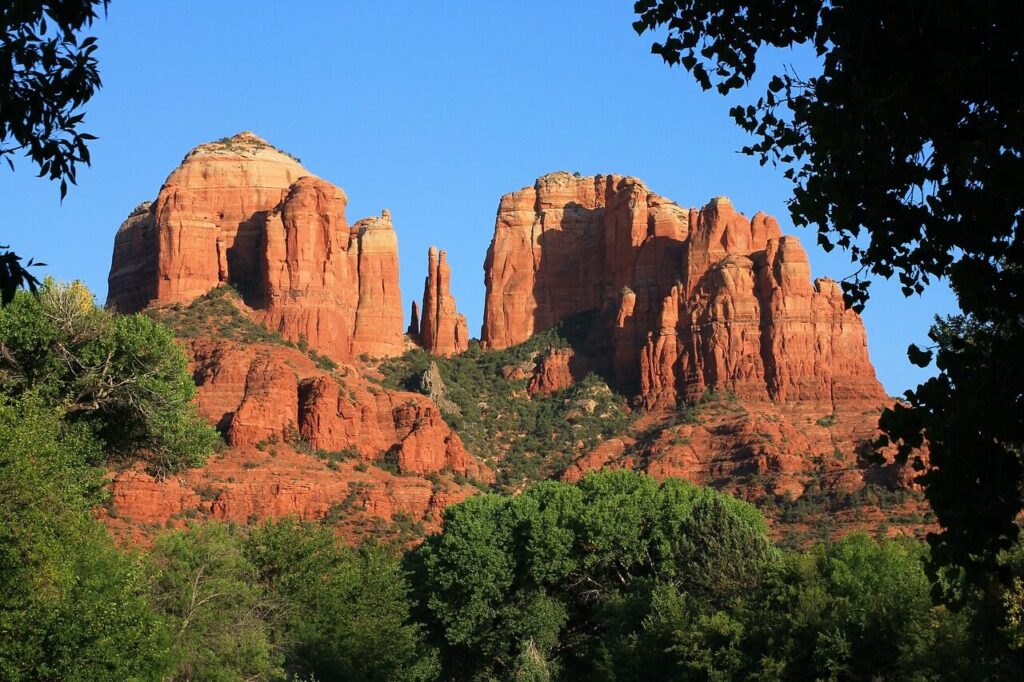
The red rock formations of Sedona have long been considered sacred by Indigenous tribes such as the Yavapai and Apache. They believe the area radiates powerful spiritual energy, making it a place for healing, reflection, and connection with the earth. Ancient petroglyphs etched into the rocks testify to centuries of reverence. Today, Sedona is also known for its energy vortices, attracting visitors seeking renewal and inner peace. Despite modern tourism, Indigenous communities remind the world of Sedona’s original meaning: a sacred landscape where land and spirit converge, reflecting harmony between humanity and the natural world.
10. Chimney Rock, Colorado
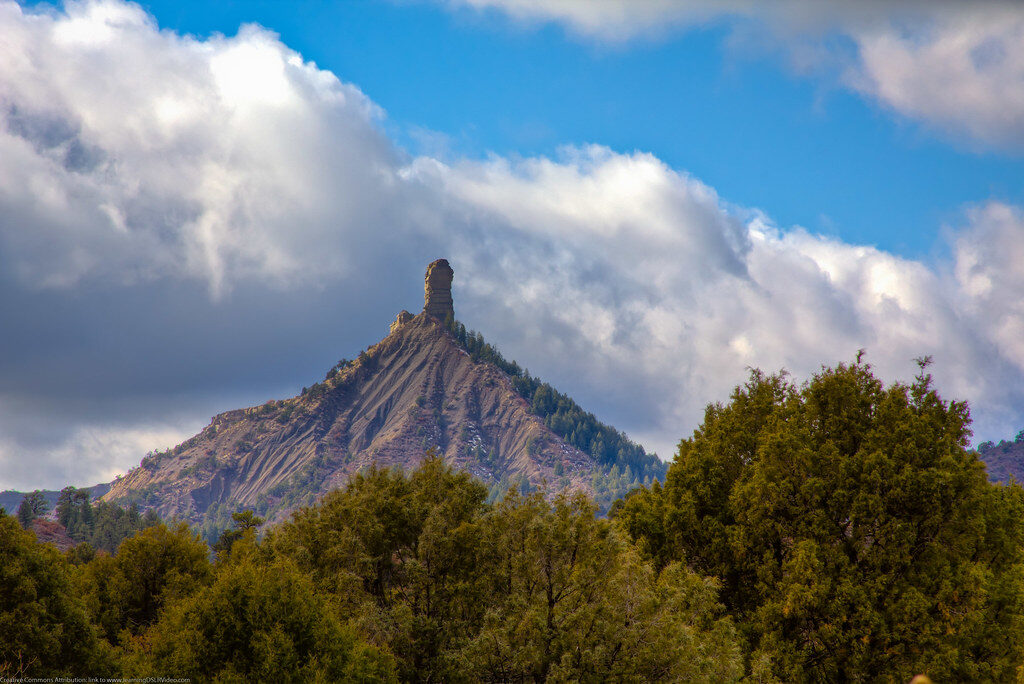
Chimney Rock, a dramatic formation in southern Colorado, holds deep ceremonial significance for the Ancestral Puebloans. It served as a celestial observatory aligned with lunar cycles, guiding agricultural and spiritual practices. The twin spires were seen as symbols of the connection between the heavens and the earth. Rituals and gatherings took place here to honor cosmic order and community life. Today, Chimney Rock National Monument preserves these traditions, allowing visitors to appreciate both its scientific and spiritual legacy. For Indigenous peoples, it remains a place where sky and stone speak in harmony, continuing to inspire awe and reverence.
11. Puget Sound, Washington
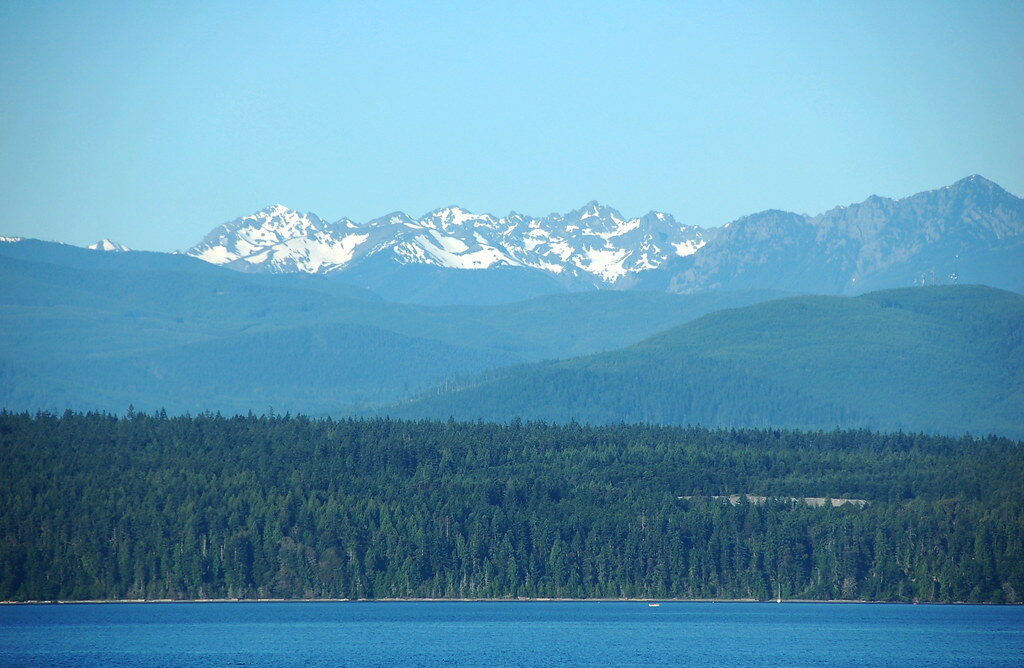
The waters and islands of Puget Sound are sacred to Coast Salish tribes, who regard the region as central to their origin stories and spiritual life. The tides, salmon runs, and shorelines are woven into teachings about respect, reciprocity, and stewardship. Ceremonies and songs honor the balance between humans and marine life, reflecting a deep understanding of ecological harmony. Modern development has changed parts of the region, yet Indigenous communities continue to protect and celebrate its spiritual essence. Puget Sound endures as both a cultural sanctuary and a living testament to the enduring sacredness of the natural world.
Comments